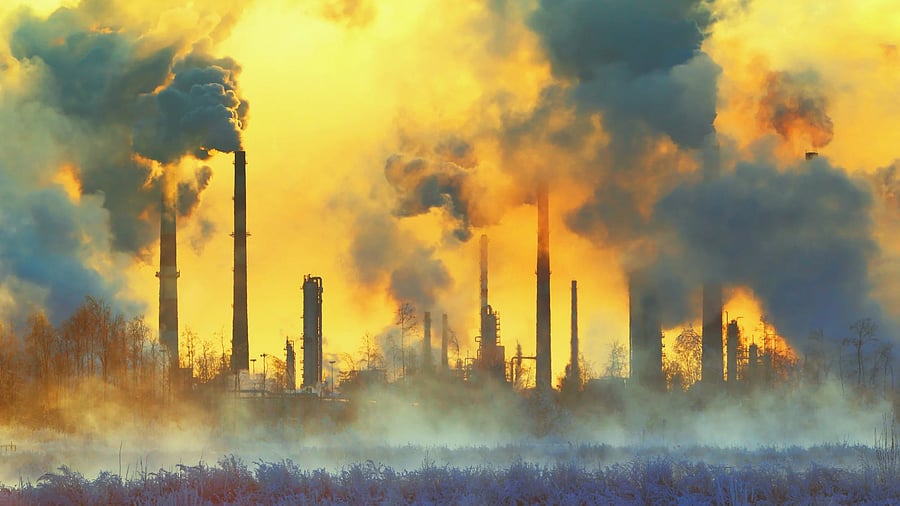
Image for representation.
Bengaluru: With the number of highly polluting industries rising and staff shortage in pollution control boards, the Centre is pushing technological solutions for air and water monitoring.
In fresh directions to state pollution boards and Union Territories committees, the Central Pollution Control Board (CPCB) stressed the need for industries to adopt self-monitoring mechanisms to meet prescribed standards. It emphasised the use of Online Continuous Effluent/Emission Monitoring Systems (OCEMS) to enforce the ‘polluter pays principle’ and reduce routine inspections.
OCEMS was made mandatory for 17 highly polluting industry categories in 2015. Acting on National Green Tribunal (NGT) directions, a CPCB technical committee has now revised protocols for online automated alert generation in effluent and emission monitoring.
State boards, including Karnataka, have been told to ensure strict adherence to the revised calibration and alert protocols. Hourly SMS alerts will be sent to industries when standards are exceeded. “Alerts must be based on exceedances, consistent values and connectivity status. These will be used for grading compliance,” the guidelines state.
The revised protocol mandates multiple calibrations — initial, quarterly, annual, and incidental — for particulate emissions, with fortnightly checks for gaseous emissions. For effluents, temperature and pH will be calibrated fortnightly, while biological and chemical oxygen demand will be tested monthly.
Decision welcomed
A former KSPCB scientist welcomed mandatory calibration, certified equipment, and third-party surprise visits, saying they would reduce workload.
However, sources noted that staff shortage remains a major hurdle, with 62% of sanctioned posts in the Karnataka State Pollution Control Board (KSPCB) vacant.
“About 250 industries require monitoring. Surprise inspections are vital to enforce self-discipline, but skilled employees are essential,” a source said.